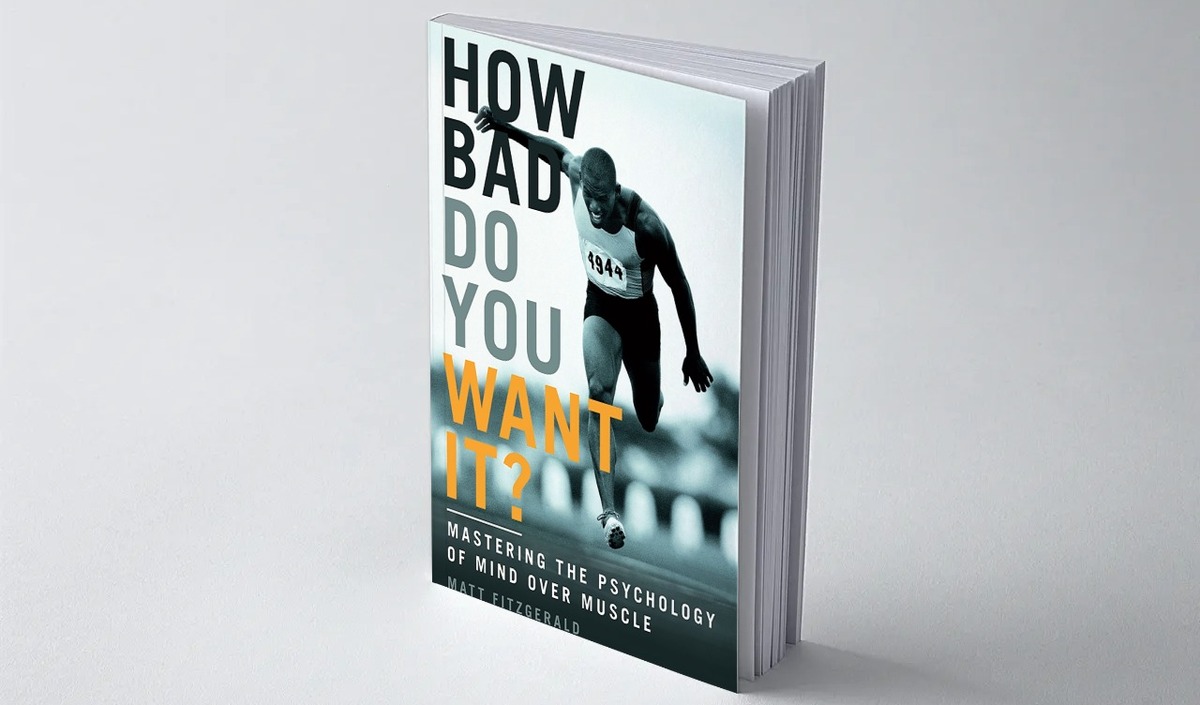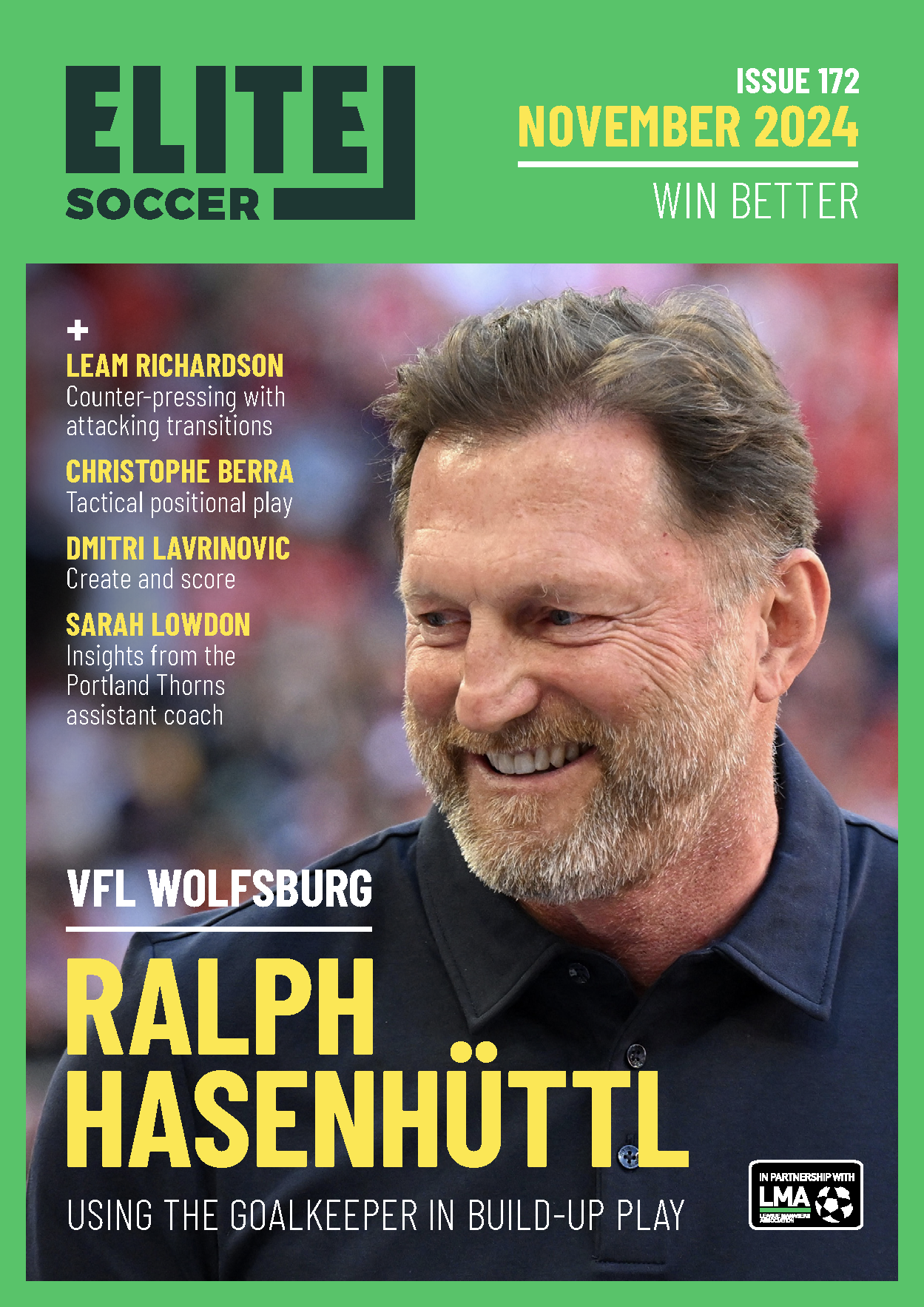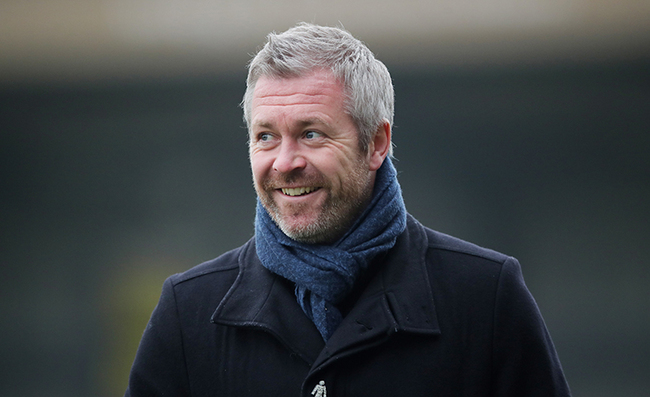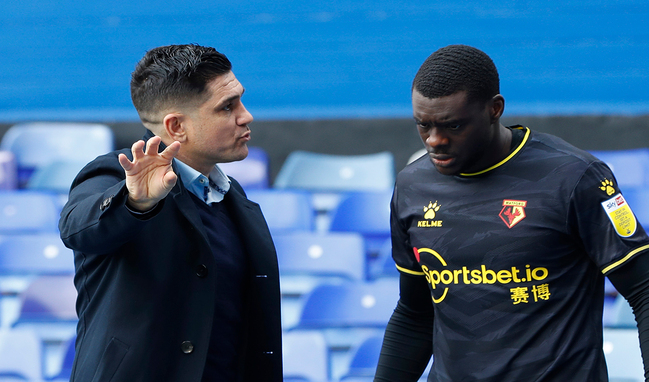You are viewing 1 of your 1 free articles
So bad it’s good
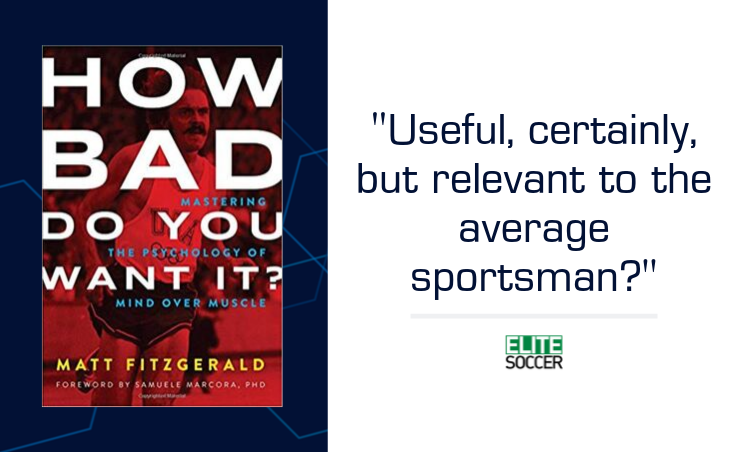
It’s fair and accurate to suggest we’re all programmed to compete – even the person least concerned about winning or achieving something/anything will have a tiny, alert element that spurs him on to challenge either himself or someone else. Whether though we can programme that competitive streak into a process and method that can leave us to excel past levels we thought unachievable is ultimately what separates great athletes from really great athletes.
But to identify that point at which we should turn off and fold – or at the very least slow down – is exactly what psychologist Matt Fitzgerald sets out to achieve in How Bad Do You Want It? The book, rather simplistically, is the examination of how as performers we can take the body and the mind beyond the line at which they previously stopped. It’s a gesture into researching a method and a process for ‘going the extra yard’… literally, in some cases.
And for the most part this is an interesting read. The author’s recommendations for pushing past natural boundaries are certainly useful, but ultimately you are left feeling they could have been compressed into, at most, three chapters. Instead, he pushes the direction of the book towards anecdotes, stories and successes from a cross-section of athletes. Useful, certainly, but relevant to the average sportsman? Perhaps not.
There are also the usual bevy of scientific monitors that gather into this book a sense of authenticity. But much of this is about inspiration and process – whether that’s using anger, positive feelings or incentives to drive home an extra push.
It’s certainly relevant to a broad cross-section of sportspeople, and Fitzgerald’s delivery is at once friendly, accessible and warm.
Whether the reader will feel there is enough genuine ‘take out’ from what is a tough psychological subject to broach and expect any kind of recognisable results from it in this form is, ultimately, another matter.
Excerpt
"A 24.5km cycling time trial is an exercise in pacing. So are all races that last longer than 30 seconds. In races that last less than 30 seconds, competitors go all-out, pedalling, striding, or stroking at absolute maximum intensity from start to finish. They hold nothing back and utilise their full physical capacity. In races that last longer than 30 seconds, competitors do hold back. They pedal, stride, or stroke at less than maximum intensity at all points of the race except perhaps the very end. Instead of going all-out, they maintain the highest intensity they feel capable of sustaining through the full race distance.
Why 30 seconds? Because humans cannot sustain maximum intensity exercise longer than about 30 seconds without exceeding the highest level of perceived effort they can tolerate. Athletes are conscious of their effort in shorter races, of course, but because they know their suffering will end quickly they do not use this perception to control their pace, which is constrained only by their physical capacity. But when an athlete starts a race that he knows will last longer than 30 seconds, he holds back just enough that his perceived effort limit is not reached until he is at the finish line. That is the art of pacing.
What happens when an athlete tries to sustain a maximum intensity of exercise longer than 30 seconds? Anna Wittekind of the University of Essex answered this question in a 2009 study published in the British Journal of Sports Medicine. Nine subjects were asked to ride stationary bikes outfitted with power meters as hard as they could for 5 seconds, 15 seconds, 30 seconds, and 45 seconds on separate occasions. When she reviewed the results, Wittekind found that the subjects had generated slightly less power during the first 15 seconds of the 45-second test than they had in the 15-second test. In other words, they had not pedalled as hard as they could at the start of the longest test ride, even though they had been instructed to do so. Instead, they had unconsciously paced themselves.
Wittekind speculated that, on the basis of past experience, the subjects recognised that they could not sustain a true maximal effort for 45 seconds without exceeding their maximum tolerance for perceived effort, so they held back just a little without even realising it. These results suggest that the limit of maximum perceived effort tolerance is so impenetrable that athletes are not psychologically capable of even trying to sustain a maximum exercise intensity longer than approximately 30 seconds."
HOW BAD DO YOU WANT IT? - Mastering the psychology of mind over muscle, Matt Fitzgerald. Published by VeloPress.
Editor's Picks
Using the goalkeeper in build-up play
Pressing principles
Intensive boxes drill with goals
Penetrating the final third
Creating and finishing
My philosophy
Pressing initiation
Compact team movement
Defensive organisation
Coaches' Testimonials

Alan Pardew

Arsène Wenger

Brendan Rodgers

Carlos Carvalhal

José Mourinho

Jürgen Klopp

Pep Guardiola

Roy Hodgson

Sir Alex Ferguson

Steven Gerrard
Coaches' Testimonials

Gerald Kearney, Downtown Las Vegas Soccer Club

Paul Butler, Florida, USA

Rick Shields, Springboro, USA

Tony Green, Pierrefonds Titans, Quebec, Canada
Join the world's leading coaches and managers and discover for yourself one of the best kept secrets in coaching. No other training tool on the planet is written or read by the calibre of names you’ll find in Elite Soccer.
In a recent survey 92% of subscribers said Elite Soccer makes them more confident, 89% said it makes them a more effective coach and 91% said it makes them more inspired.
Get Monthly Inspiration
All the latest techniques and approaches
Since 2010 Elite Soccer has given subscribers exclusive insight into the training ground practices of the world’s best coaches. Published in partnership with the League Managers Association we have unparalleled access to the leading lights in the English leagues, as well as a host of international managers.
Elite Soccer exclusively features sessions written by the coaches themselves. There are no observed sessions and no sessions “in the style of”, just first-hand advice delivered direct to you from the coach.
